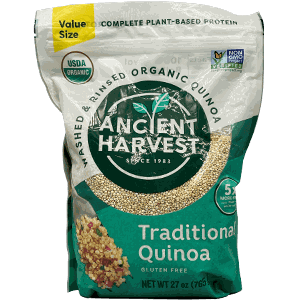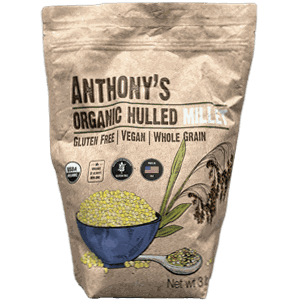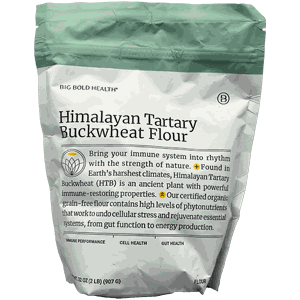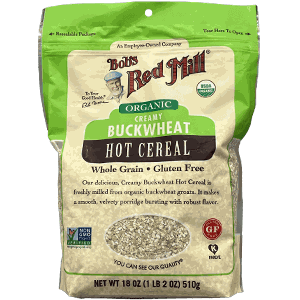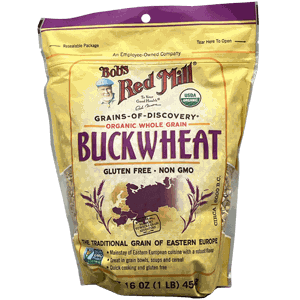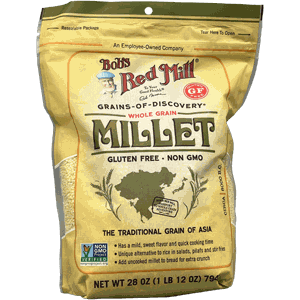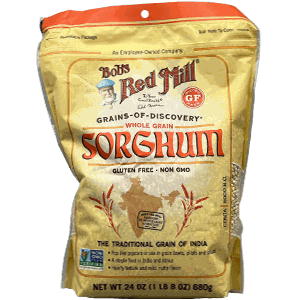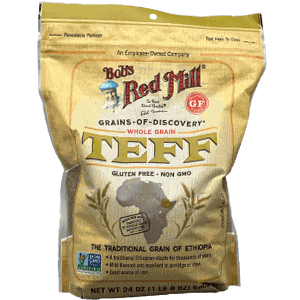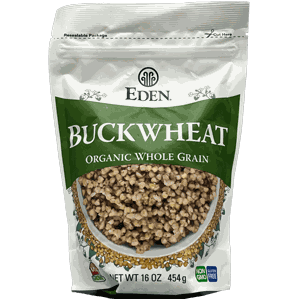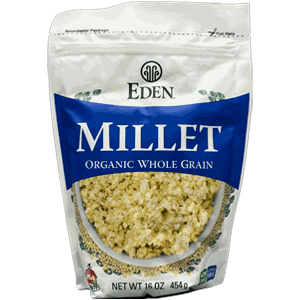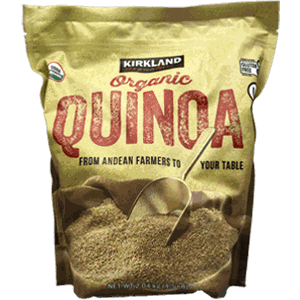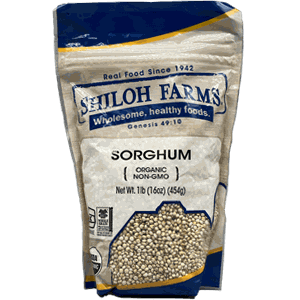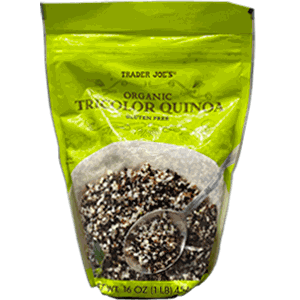Summary
-
Which grains are gluten-free?
Popular grains that are naturally gluten-free include oats, buckwheat (kasha), quinoa, sorghum, and millet. Teff, a type of millet, is also gaining some popularity and has a cream-of-wheat type texture when cooked. It should be noted that buckwheat and quinoa are not true grains because they are not grasses (see What They Are ).
-
How do the gluten-free grains compare nutritionally?
Aside from oats, the other gluten-free grains are not very different from one another nutritionally. Each is mainly starch. About 10% of their weight is protein, about 3-6% is oil, and they are good sources of magnesium (particularly buckwheat), and iron. Oats are higher in fiber than the other gluten-free grains, as it provides about 6 grams per 50-gram serving. Oats also provide a little more protein (about 12% of its weight) and includes beta-glucan, which can help with lowering cholesterol (see Nutrition from Grains).
-
What did ConsumerLab tests of gluten-free grains show?
In this Review, we focused on gluten-free grains other than oats (see our separate Oat Products Review.) Only 69% of the 13 popular products selected for testing met our standards of quality, primarily due to contamination with yeast and mold. Price was not found to be a determinant of quality; in fact, the two products with the highest levels of yeast and mold were the most expensive. Products with high levels of yeast and mold also tended to have the highest levels of heavy metal contamination – although none were dangerously high, and none of the products were found to be contaminated with E. coli, Listeria, or Salmonella. All but one product met the FDA definition of gluten-free and ConsumerLab’s higher standard of ultra gluten-free (see What CL Found).
-
Which are the best gluten-free grains?
Based on quality and cost, ConsumerLab selected Top Picks among buckwheat, quinoa, sorghum, and millet products.
+— 6 sources
In addition the results of its expert testing, ConsumerLab uses only high-quality, evidence based, information sources. These sources include peer-reviewed studies and information from agencies such as the FDA and USDA, and the National Academy of Medicine. On evolving topics, studies from pre-print journals may be sourced. All of our content is reviewed by medical doctors and doctoral-level experts in pharmacology, toxicology, and chemistry. We continually update and medically review our information to keep our content trustworthy, accurate, and reliable. The following sources are referenced in this article:
You must
be a member to get the full test results along with ConsumerLab.com recommendations and quality ratings. You will get results for 13 gluten-free grains, including buckwheat, quinoa, sorghum, millet, and teff, selected for testing by ConsumerLab.
In this comprehensive review, you'll discover:
 Which gluten-free grains passed or failed our tests
Which gluten-free grains passed or failed our tests Which grains were found to be contaminated with toxic heavy metals such as lead, cadmium, and arsenic, or with yeast and mold
Which grains were found to be contaminated with toxic heavy metals such as lead, cadmium, and arsenic, or with yeast and mold ConsumerLab's Top Picks among gluten-free grains
ConsumerLab's Top Picks among gluten-free grains
 Cost comparisons and quality ratings
Cost comparisons and quality ratings If gluten-free grains are a good source of protein, fiber, and omega-3s, vitamins, or minerals
If gluten-free grains are a good source of protein, fiber, and omega-3s, vitamins, or minerals The best way to store gluten-free grains
The best way to store gluten-free grains
As a ConsumerLab.com member, you may print a copy of this report for your personal use.
You can access a special print version by clicking the "Print" icon in the upper right corner of this report.
You can then use your web browser's print functions to print the whole report or just selected pages.
You may also email or post a link to this report using the web address above.
Non-members using the link will see a free summary and can join to view the full report.
Other means of copying or distributing this report, in part or full, are not permitted.
If you are sight-impaired and your computer is having trouble converting the text in this report to speech,
contact us for assistance at Membership@ConsumerLab.com or by
phone at 914-722-9149.



